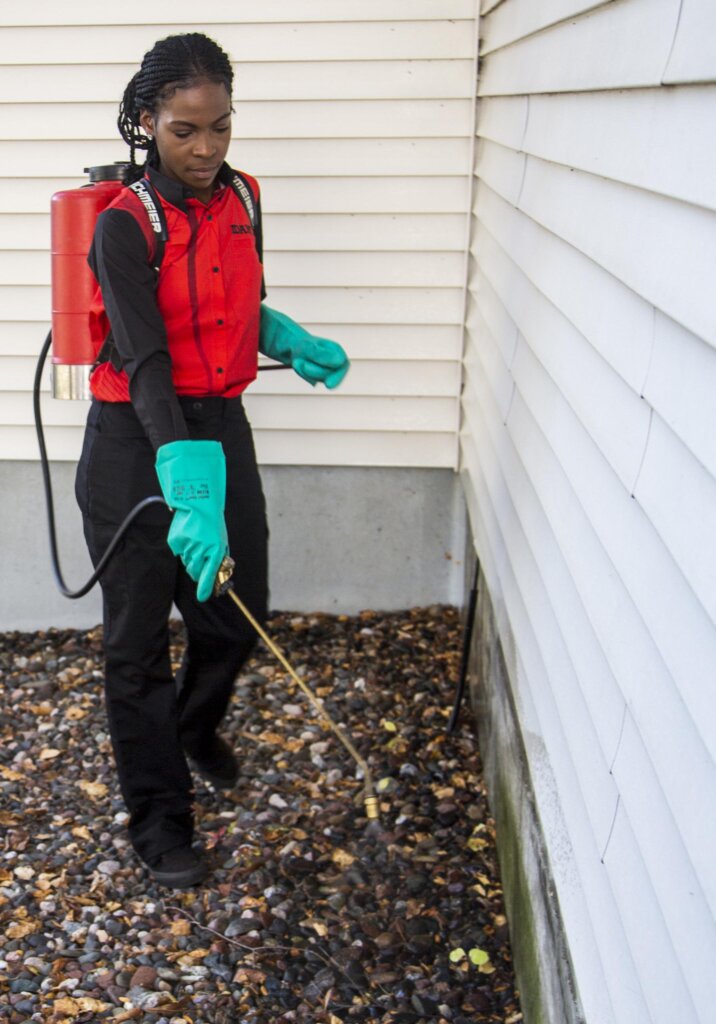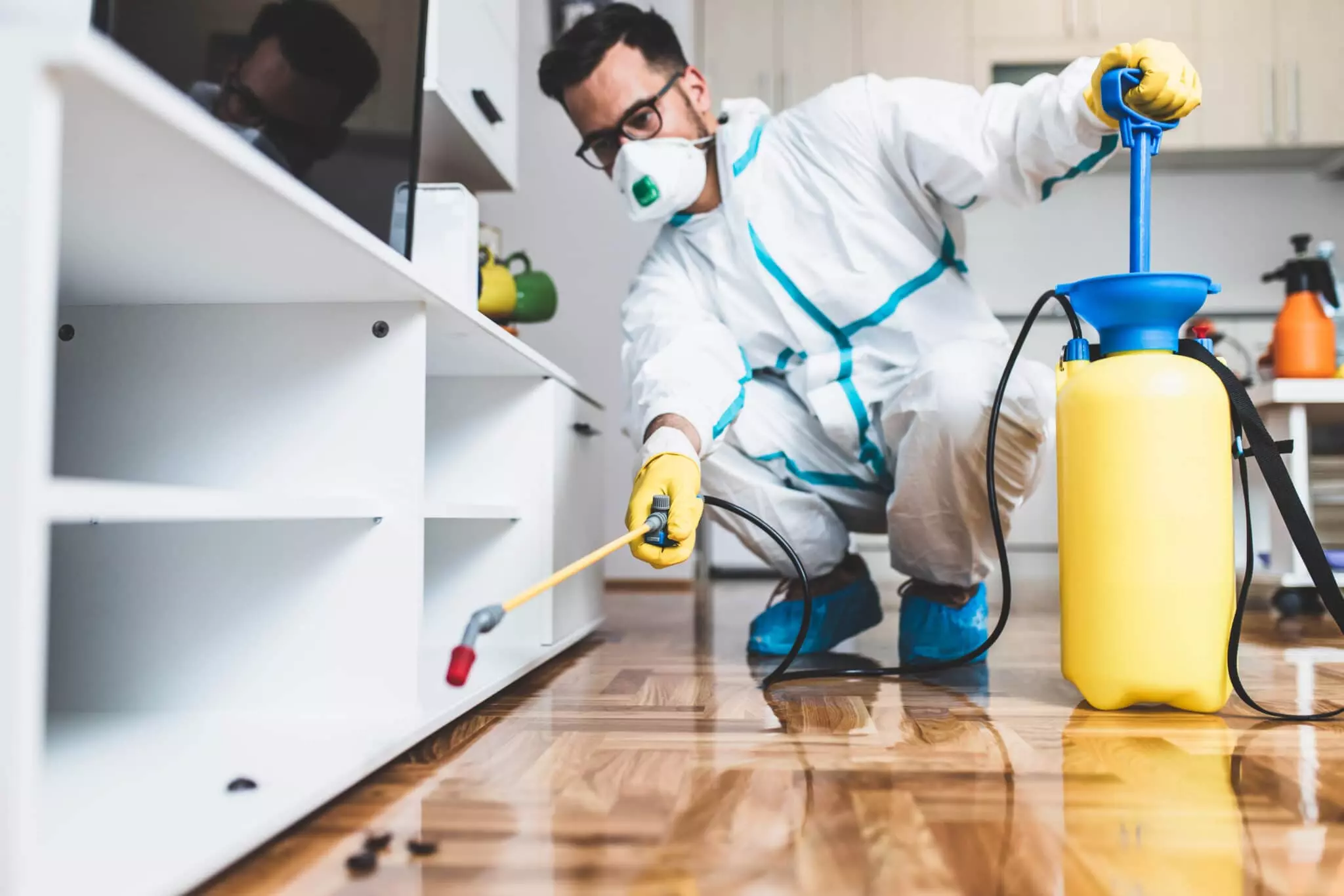Professional Extermination and Prevention Services by Pest Control Lockhart
Professional Extermination and Prevention Services by Pest Control Lockhart
Blog Article
Discovering Invasion and Treatment Methods in the World of Pest Control
The landscape of insect control incorporates a myriad of challenges, particularly as invasions of common family parasites proceed to develop. By integrating preventative actions with advanced management strategies, such as Integrated Pest Administration (IPM), house owners can much better guard their environments.

Typical Home Vermin
When it pertains to handling our home, understanding common home bugs is vital. These parasites not only interrupt our convenience however can likewise present wellness threats and damages property. One of the most widespread house parasites consist of ants, roaches, rats, termites, and bed insects.
Ants, commonly seen foraging in cooking areas, can infect food and develop huge swarms. Roaches, understood for their durability, can set off allergies and spread pathogens. Rodents, consisting of mice and rats, can create architectural damages and bring diseases like hantavirus and salmonella. Termites, frequently referred to as "quiet destroyers," can endanger the stability of wood frameworks, resulting in costly repairs. Bed pests, although not illness service providers, can cause substantial discomfort via their attacks and result in psychological distress.
Identifying the signs of these parasites, such as droppings, nests, or attack marks, is necessary for early treatment (Pest Control Lockhart). Appropriate sanitation methods, sealing access points, and keeping a clutter-free atmosphere work preventative actions. By recognizing these common house pests and recognizing their habits, home owners can take proactive actions to mitigate infestations, ensuring a healthier living atmosphere
Understanding Pest Infestations
Insect infestations can rise quickly, transforming a small nuisance into a considerable trouble if not attended to promptly. Comprehending the nature of these problems is essential for efficient monitoring. Insects can get into household and commercial areas for numerous factors, including the search for food, shelter, or reproducing premises. Usual elements adding to problems consist of poor sanitation, structural vulnerabilities, and seasonal modifications that drive parasites inside.
Recognizing the sort of pest is essential, as different species exhibit different behaviors and reproductive rates. For example, rodents may establish nests in concealed locations while pests like roaches prosper in moist atmospheres. Early discovery usually depends upon identifying indications such as droppings, chomp marks, or unusual sounds, which can suggest a trouble prior to it ends up being serious.
Cozy, damp environments can help with the quick growth of parasite populations, while modifications in landscape design or building can unintentionally develop conducive settings. An informed technique to recognizing these dynamics lays the foundation for reliable pest monitoring methods in the future.
Therapy Methods and Methods
Reliable therapy methods and methods are crucial for reducing bug invasions and recovering a safe environment. A diverse technique is often best, incorporating chemical, biological, and mechanical methods customized to the certain parasite and the severity of the infestation.
Chemical treatments include the use of pesticides and herbicides, which can properly remove parasites. However, correct application and adherence to safety and security standards are essential to reduce dangers to people and non-target organisms. Integrated Pest Management (IPM) encourages the judicious use chemicals as a last resource, counting instead on monitoring and threshold levels to determine treatment demands.
Biological control methods entail introducing all-natural predators or parasites to minimize insect populations. This strategy is progressively popular, specifically in agricultural setups, as it promotes ecological sustainability.
Mechanical techniques, such as traps and obstacles, offer prompt remedy for pests without presenting chemicals. Alternatives include sticky catches for bugs or physical obstacles for rodents.
Ultimately, the option of treatment technique should take into consideration the specific bug, the environment, and prospective impacts on human wellness and communities. A well balanced combination of these methods can successfully manage problems while promoting long-lasting parasite control services.
Safety Nets for House
Proactively addressing insect problems prior to they escalate is important for keeping a healthy home atmosphere (Pest Control Lockhart). Carrying out effective precautionary procedures can significantly decrease the chance of infestations, eventually securing both your property and health

Proper landscaping also plays an essential read function in prevention. Keeping bushes and trees trimmed away from your home decreases the chances of insects finding their way indoors. Make certain that water drainage systems are functioning efficiently to prevent standing water, which can attract in insects and other insects.
Last but not least, regular assessments are recommended. Frequently checking for indicators of insect task enables early treatment. By taking on these safety nets, house owners can develop a setting that is less hospitable to parasites, consequently enhancing their total high quality of life and reducing the demand for substantial parasite control treatments.
Commercial Parasite Control Techniques
A comprehensive technique to commercial parasite control is vital for businesses intending to maintain a safe and sanitary environment. Reliable techniques entail a combination of routine inspections, worker training, and the implementation of Integrated Bug Management (IPM) techniques.
Routine examinations allow very early detection of insect task, enabling timely treatment. Businesses must create a routine schedule for these analyses, concentrating on high-risk areas such as kitchens, storeroom, and waste disposal websites. Employee training is similarly critical; staff ought to be informed on this page the indications of bug infestations and the value of reporting them instantly.
Applying IPM techniques helps reduce bug concerns sustainably. This consists of environment modification, such as sealing entry points and decreasing clutter, in addition to utilizing all-natural deterrents prior to considering chemical therapies.

Moreover, collaborating with a certified insect control company ensures access to expert knowledge and advanced treatment options. This partnership can lead to customized parasite control intends customized to the particular requirements of the company, reducing risks and enhancing overall efficiency. Inevitably, an aggressive and educated method fosters a pest-free atmosphere, securing both browse around this site public health and wellness and company credibility.
Conclusion
To conclude, reliable bug control requires a comprehensive understanding of usual family pests and their actions, combined with targeted treatment approaches. Applying safety nets along with therapy techniques such as Integrated Parasite Administration and organic control improves the ability to minimize invasions. Normal assessments and a combination of chemical and mechanical remedies even more add to preserving pest-free environments. Eventually, an all-round strategy to pest monitoring is crucial for protecting living rooms from undesirable intruders.
Report this page